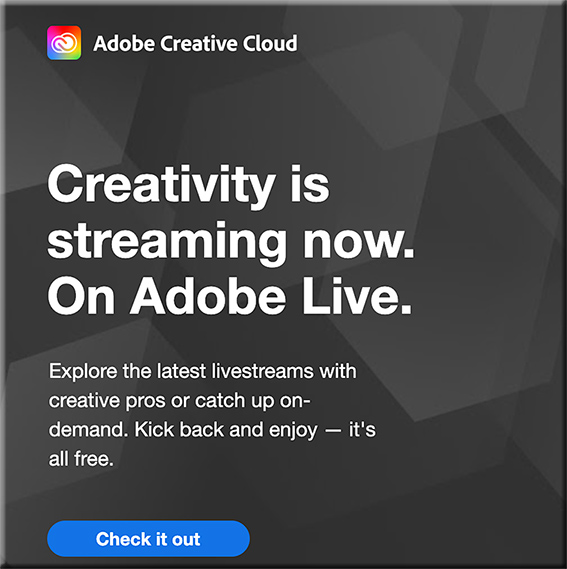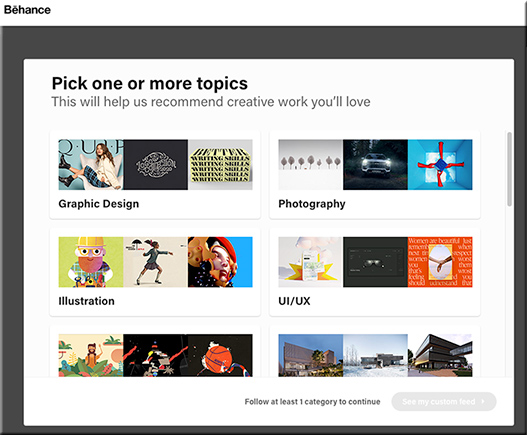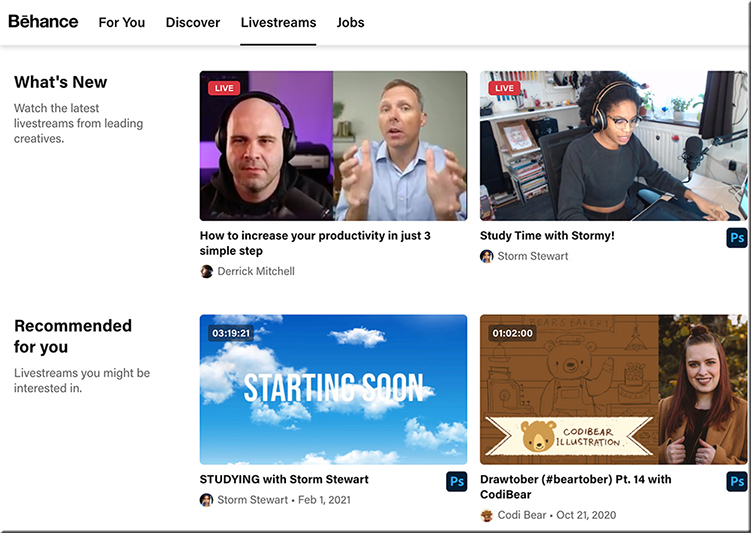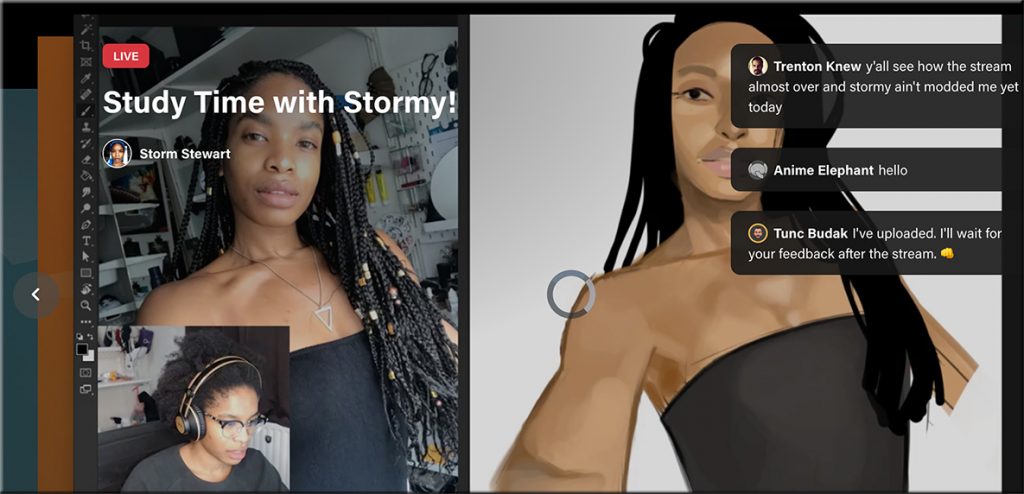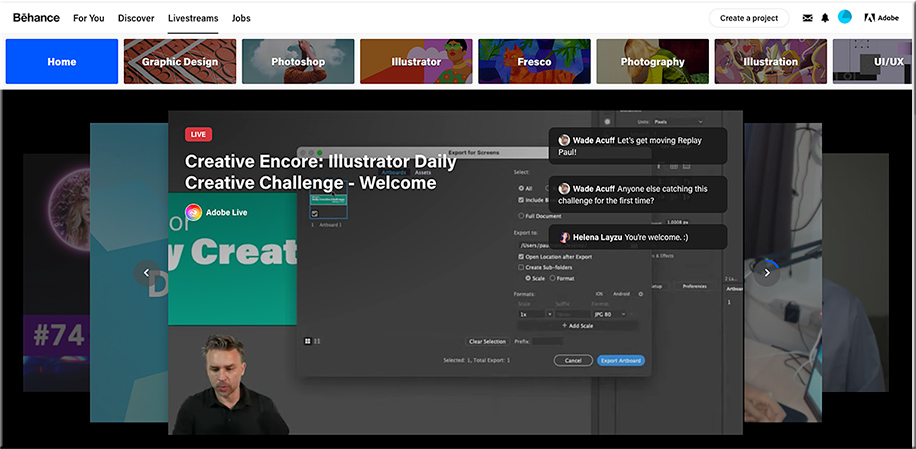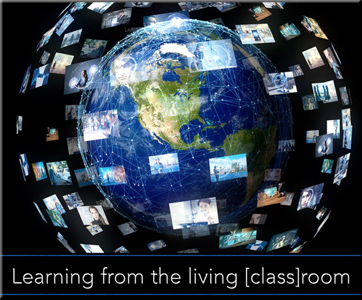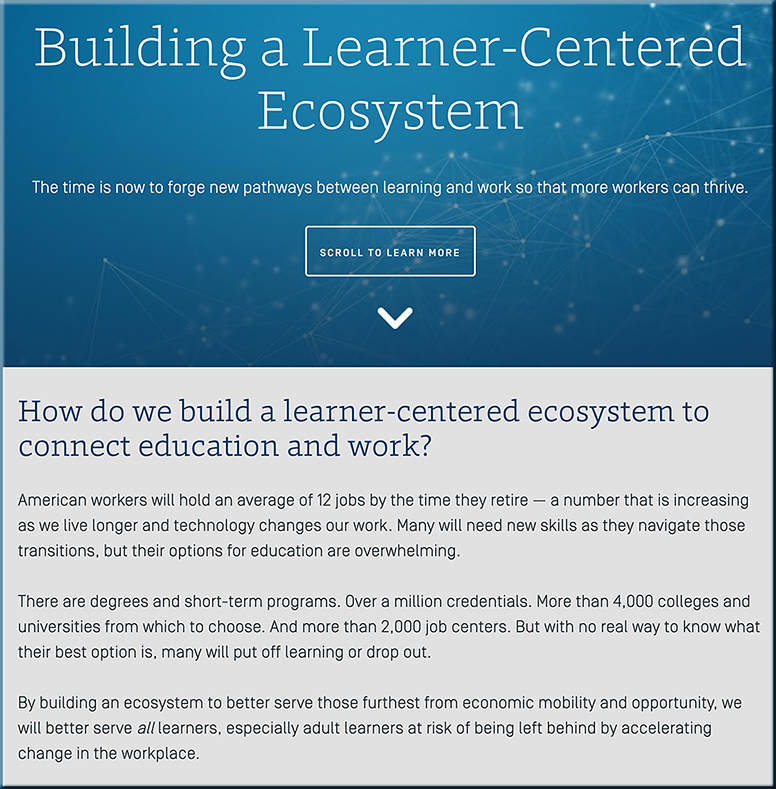The Triple Threat Facing Generalist Law Firms, Part 2: Legal Tech — from jdsupra.com by Katherine Hollar Barnard
Excerpts:
In Legaltech, a Walmart associate general counsel estimated the product provided a 60 to 80 percent time savings. That’s great news for Walmart – less so for lawyers who bill by the hour.
…
Sterling Miller, the former general counsel of Marketo, Inc., Sabre Corporation and Travelocity.com, made a compelling case for why law firm clients are turning to technology: In-house lawyers are incentivized to find the most efficient, lowest-cost way to do things. Many law firm lawyers are incentivized to do just the opposite.
To be sure, software is unlikely to replace lawyers altogether; legal minds are essential for strategy, and robots have yet to be admitted to the bar. However, technology’s impact on an industry dominated by the billable hour will be profound.
Also see:
Judge John Tran spearheaded adoption of tech to facilitate remote hearings and helped train lawyers — from abajournal.com by Stephanie Francis Ward; with thanks to Gabe Teninbaum for this resource
Excerpt:
If you need a judge who can be counted on to research all courtroom technology offerings that can help proceedings continue during the COVID-19 pandemic, look no further than John Tran of the Fairfax County Circuit Court in Virginia.
After the Virginia Supreme Court issued an order June 22 stating that remote proceedings should be used to conduct as much business as possible, Tran offered webinars to help lawyers with the Fairfax Bar Association get up to speed with Webex, the platform the court uses for remote proceedings.
“When Webex has a news release, he’s all over that. He’s already had a private demo. He is one of a small number of exceptionally tech-savvy judges,” says Sharon Nelson, a Fairfax attorney and co-founder and president of the digital forensics firm Sensei Enterprises.










